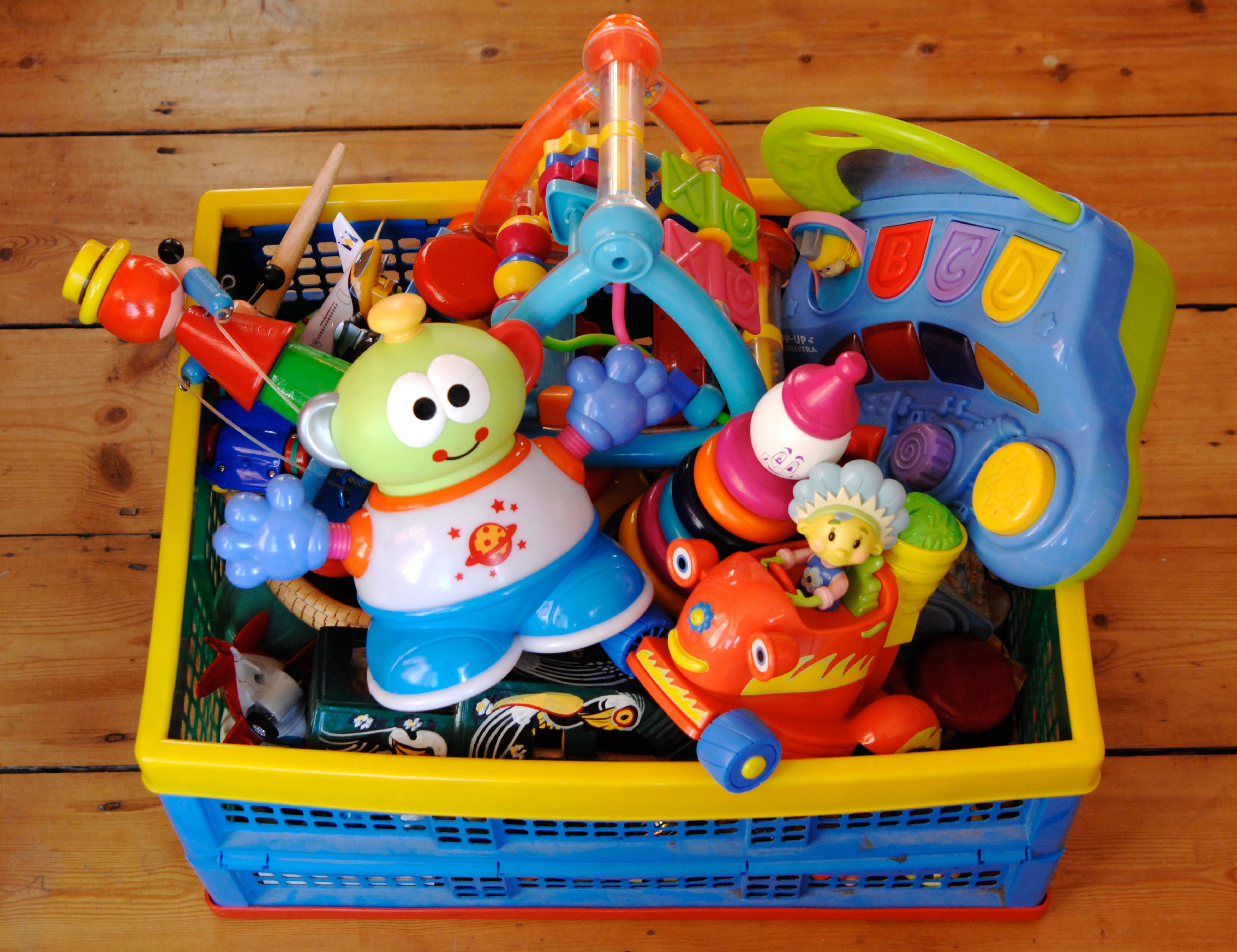The children’s toys that attract the most germs
Some toys more of a health concern than others

Your support helps us to tell the story
From reproductive rights to climate change to Big Tech, The Independent is on the ground when the story is developing. Whether it's investigating the financials of Elon Musk's pro-Trump PAC or producing our latest documentary, 'The A Word', which shines a light on the American women fighting for reproductive rights, we know how important it is to parse out the facts from the messaging.
At such a critical moment in US history, we need reporters on the ground. Your donation allows us to keep sending journalists to speak to both sides of the story.
The Independent is trusted by Americans across the entire political spectrum. And unlike many other quality news outlets, we choose not to lock Americans out of our reporting and analysis with paywalls. We believe quality journalism should be available to everyone, paid for by those who can afford it.
Your support makes all the difference.Children’s toys are designed to be tough and durable, but if you look closely, the amount of grime they accumulate can be a little worrying.
From bashed-up plastic playthings that have been dragged through mud and leaves at the park, to dogeared books and mould-ridden bath toys, the chances are, they don’t go through the wash too often. Then there’s the toys your child will share with their friends, who all have their fair share of winter coughs and colds, a hefty amount of snot, and a questionable ability to put their hands over their mouths or reach for a tissue.
But how germ-laden is your little one’s toybox really?
“The main route for infection transmission in children will be through sneezing and transfer of mucous and faeces, and then this coming into contact with the mucous membranes (linings) of the nose and mouth in other children, or through ingestion,” explains Dr James Garnett, a reader in microbial structural biology in the Centre for Host-Microbiome Interactions at King’s College London.
“This could either be direct contact or via toys and other surfaces. The main pathogenic bugs that have been detected on children’s toys are respiratory viruses that generally cause cold-like symptoms (adenovirus, rhinovirus, respiratory syncytial virus (RSV), but other pathogens that cause diarrhoea have also been identified – viruses (rotavirus, norovirus) and bacteria (e.g. diarrheagenic Escherichia coli). In bath toys, Serratia marcescens and moulds would be the biggest concern.”

Moulds can trigger allergic reactions and respiratory problems, while Serratia marcescens can cause infection.
Are some toys more of a health concern than others?
“Some studies have shown that soft toys harbour more bugs – including harmful ones – than hard toys, so softer toys may be more likely to spread pathogens,” says Garnett. “Bacteria and fungi thrive as biofilms in damp, wet environments. Here they clump together and this gives them extra protection and makes it harder to remove them. Bath toys with holes in them will be very prone to having bugs growing as biofilms inside.”
But are a few germs OK for your child to come into contact with?
“Germs are mainly our friends and they are everywhere. Less than 0.001% of the discovered microbes are pathogenic (meaning they can cause disease),” says Garnett.
“Microbes inhabit most of the human body (skin, gut, mouth, nose etc.). The human body is composed of more than 50% microbes (bacteria, fungi, viruses), [this is called] the human microbiome. These are essential to maintain health and they can stimulate the immune system to fight off invading pathogens. So it is essential that we are able to interact with microbes.”

How often should parents be cleaning toys?
“Several studies have shown that the bacteria isolated from the surfaces of toys that appear dirty after use are generally non-pathogenic to children and most likely no worse than what would be found on other objects,” says Garnett.
“Toys do represent a risk of cross-infection and cleaning them does decrease the number of microbes present, but in at least one study in a nursery, this did not reduce child absence due to sickness. So, there is no big advantage in sterilising these toys too regularly, unless for example in hospital settings etc. with sick and immunocompromised children, or after a vomiting or diarrhoea outbreak in a nursery.”
Largely, it depends how much use your child’s toys get. For baby toys, like teethers and plastic chew toys, if they hit the floor and your child is under one, disinfect them before letting your little one mouth them again.
For older children, a regular wipe-down of toys should suffice, but if you’ve had a bug in the house, or if toys have come into contact with bodily fluids (like blood, sick, snot, poo) wash thoroughly in hot, soapy water and/or antibac the lot. You can usually run smaller toys – and bath toys – through the dishwasher if you have one.
Soft cuddly toys can benefit from a spin in the washing machine once a month, but aim for weekly if your child has one that they sleep with, chew nonstop or tend to carry around with them.